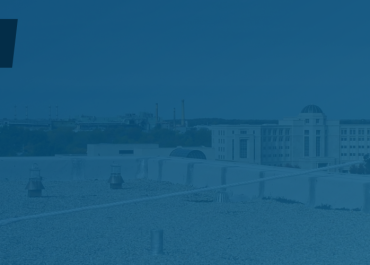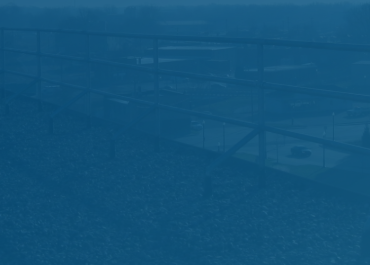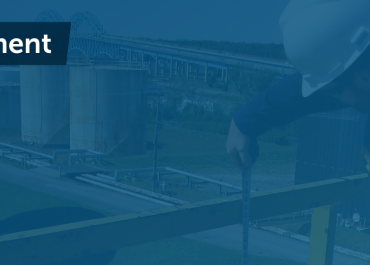Fall Protection Program Blog Series: Fall Hazard Risk Assessment
Continuing our fall protection program blog series, we’ll dive into fall hazard risk assessment. If you read our last blog on roles and responsibilities, you have a good grasp on what roles you need to fill in a fall protection program and what those key people need to focus on. Now you can start addressing the risks your workers are facing.
Fall Hazard Risk Assessment
If a worker could be exposed to a fall hazard, it should be included in a fall hazard survey so it can be evaluated and addressed. To assist in finding them all, it’s helpful to place fall hazards into three buckets:
- Means of Access Hazards
- Location Hazards
- Hidden Hazards
Means of Access Hazards
These are hazards that may exist in areas that are used to reach elevated surfaces. These include, but are not limited to:
- Ramps
- Stairways
- Access to scaffolding
- Fixed and portable ladders
- Use of a Mobile Elevated Work Platform (MEWP)
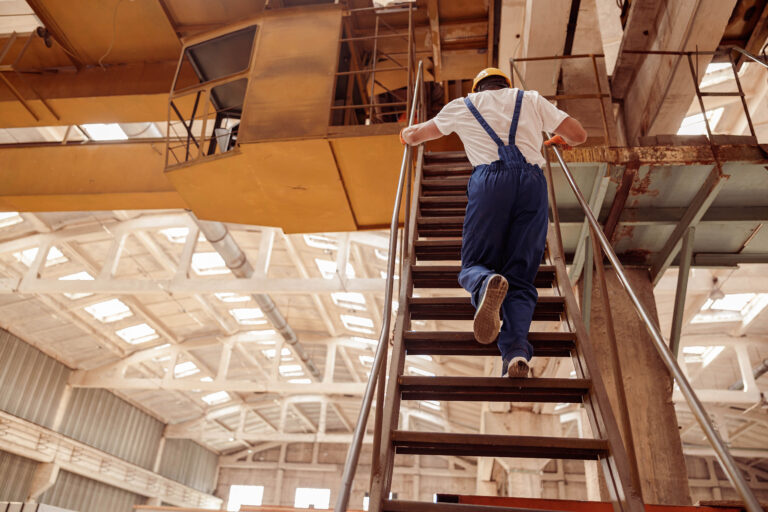
Location Hazards
These are hazards that may exist on a vertical or horizontal surface where an employee works, walks, or gains access to a work area. These include, but are not limited to:
- Access required outside guardrail
- Unprotected sides and edges
- Floor openings and holes
- Elevated walkways
- Sloped landscape
- Top of tanks
- Roof hatches
- Hoist areas
- Scaffolding
- Roof holes and edges
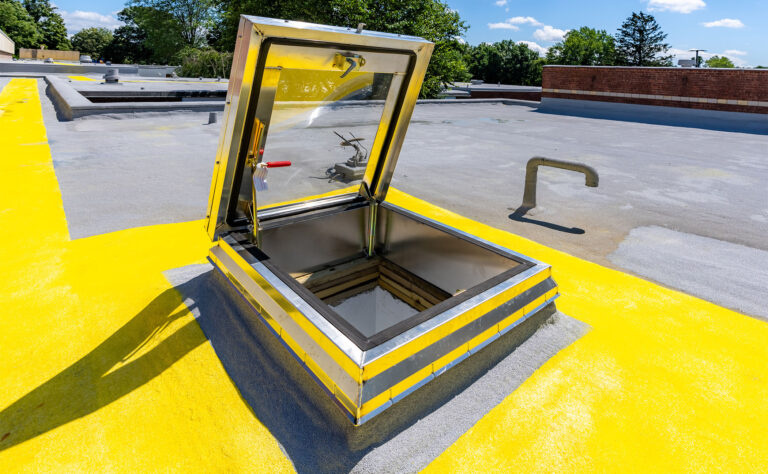
Hidden Hazards
These are hazards that can be difficult to recognize. In many cases, safety controls may already be in place, but a hazard associated with it may still exist. These include, but are not limited to:
- Guardrail size, height, spacing, and strength
- Questionable surface strength
- Ladder swing gates
- Horizontal lifelines
- Floor openings
- Hard to see roof edges
- Skylights
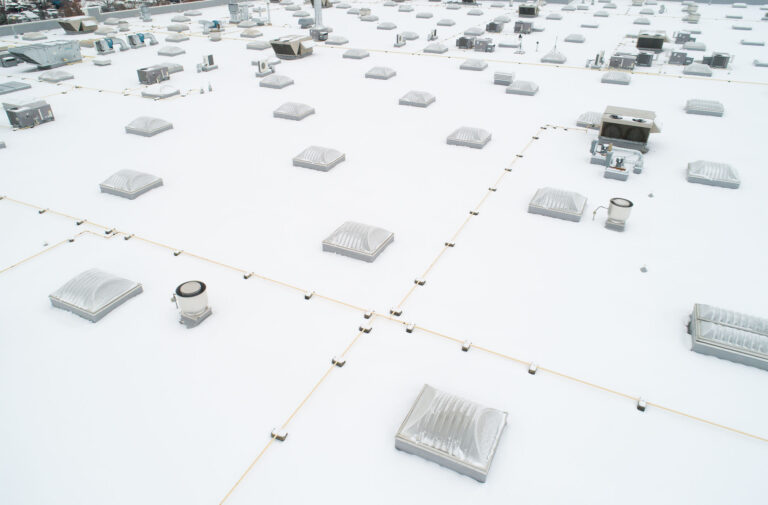
These are not all the possible fall hazards you may experience, but it’s a good starting point to consider when reviewing your building or work area.
Leveraging Technology
LJB has been assessing fall hazards for more than 30 years and we’ve been utilizing technology to make it easier. Gone are the days of trying to track, visualize, and manage all your fall hazards on paper.
With laser scanning, we’re able to map out a digital version of an entire facility and provide associated data. This allows for faster collaboration on fall protection solutions and less downtime at your facility. Our Fall
Protection Plus software allows you to visualize fall hazards and the risk they pose across your organization so you can make a plan to mitigate them.
Even if you’re not quite ready to make that jump, you can download a free tool to track your fall hazards HERE. Just scroll down to find it on that page.
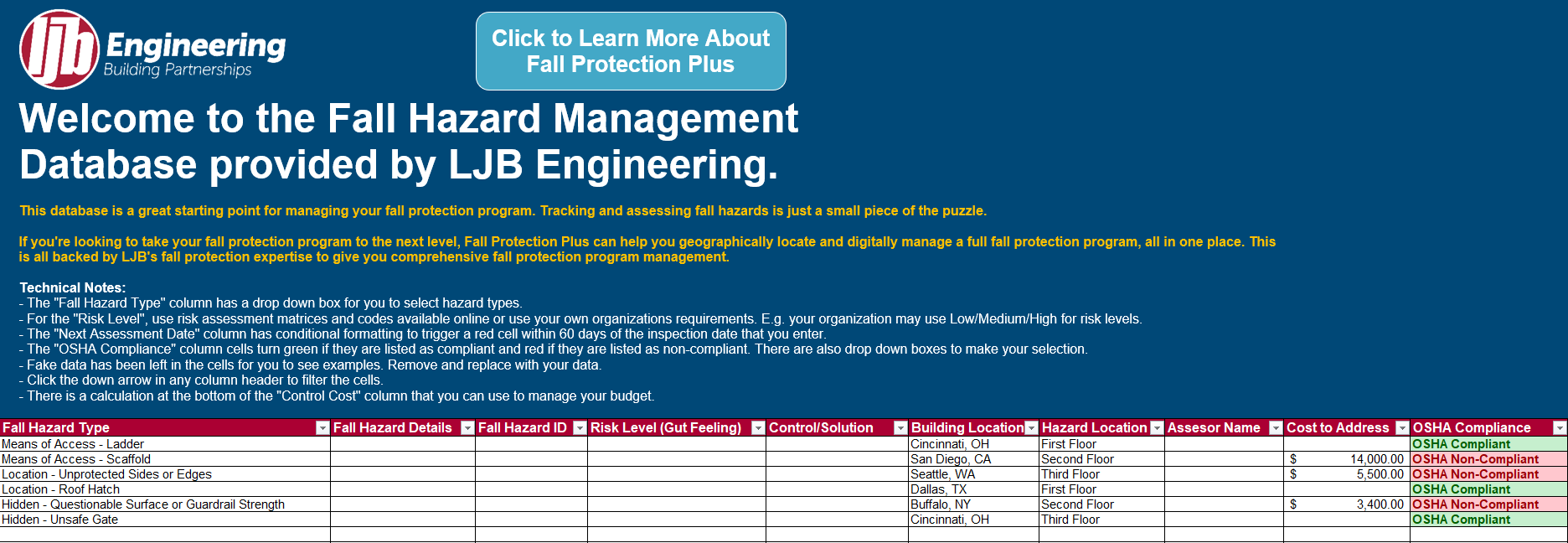
Wrapping Up
If you ever have any questions on fall hazards, please reach out to us HERE. Look for the yellow “contact us” buttons. Thanks for reading!

